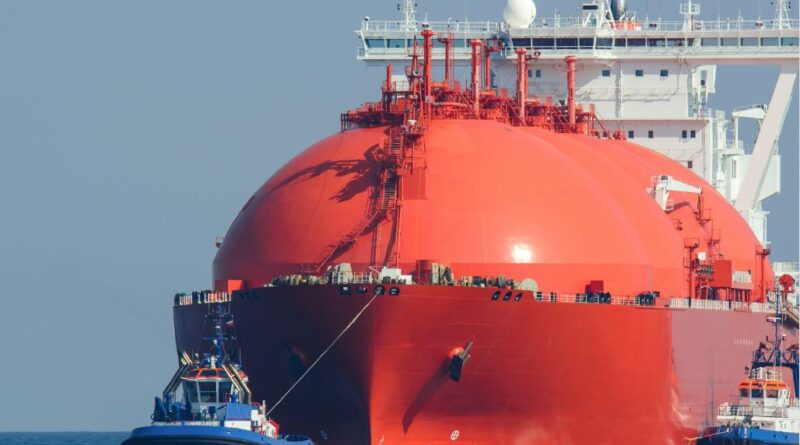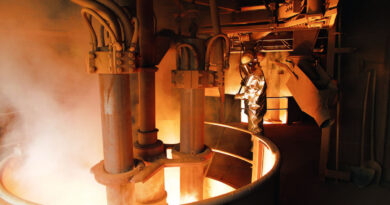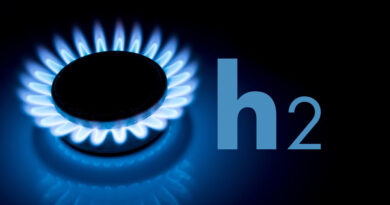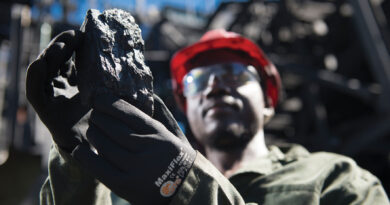GAS AND COAL: Europe goes on an LNG shopping spree
Despite the challenges, Europe has already dramatically reduced its dependence on Russia gas, as record gas prices trimmed demand and facilitated an unprecedented wave of LNG imports. As a result, the EU is set to import only 90 bcm of Russian pipeline gas in 2022, a stark reduction from the 140 bcm it imported in 2021.
A positive scorecard so far, but additional cuts will be harder to achieve over the next few years. High prices have already forced thermostats down, maximised the use of coal and put energy-intensive industries out of business. The EU has pledged to spend hundreds of billions on renewables, low-carbon hydrogen and energy efficiency to reduce demand by another 150 bcm, but little of this will come by the end of 2024.
Wood-Makenzie Strategic Planning Outlook features a steady reduction in Russian imports in line with existing contracts (some of which extend beyond 2030), and a softening of prices. It has been precisely the risk of Russian supply disruption that has pushed traded prices north of US$30/mmbtu in recent months. Prices will inevitably rise should EU enthusiasm for banning Russian gas become a reality ahead of the next wave of new LNG supply after 2026.
With an EU ban already announced for October, ARA prices have been trading at historical highs of more than US$350/t, a 300% increase from last year. Since the invasion of Ukraine, European buyers have been steadily negotiating long-term contracts with alternative coal suppliers, reportedly paying above spot prices at times. European coal imports doubled in April as supply was redirected from other markets.
Europe’s scramble to acquire long-term contracts has inadvertently shifted more of the shortage ‘pain’ to Asian markets, with local buyers struggling for spot cargos to ensure adequate stockpile levels amid the increasingly short seaborne coal market.
Coal prices in the Pacific continue to rise and are now well above ARA, at over US$400/t Newcastle 6,000 Kcal. Higher international prices are pushing China and India to double-down on domestic developments. As top consumers and producers of thermal coal, each has tremendous sway over the global market. They will both seek to reduce exposure to the more volatile import market by increasing cheaper domestic production, which will ease demand pressure on the seaborne market and reduce prices.
The post-war view considers a managed reduction in Russian coal imports in Europe, with prices softening as some Russian coal is absorbed in Asia. However, full implementation of the EU ban, followed by similar action from Japan, would require an increase in alternative supply. Amid environmental, social and governance (ESG) concerns and reduced access to capital, seaborne coal supplies have become less responsive to higher prices – particularly for the high-quality coal segment. As a result, global coal markets will remain tighter for longer, keeping prices higher than our pre-war view in the near term. ARA prices are expected to end the year at around US$250/t and remain well above last year’s levels until after 2024 as the market rebalances.
Higher international prices are pushing China and India to double-down on domestic developments.




